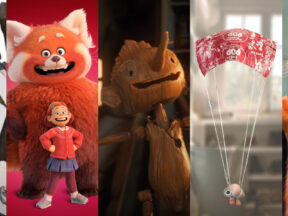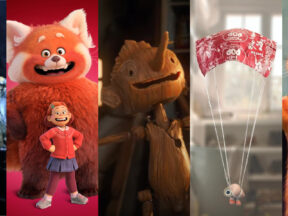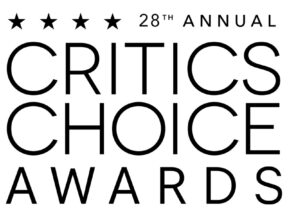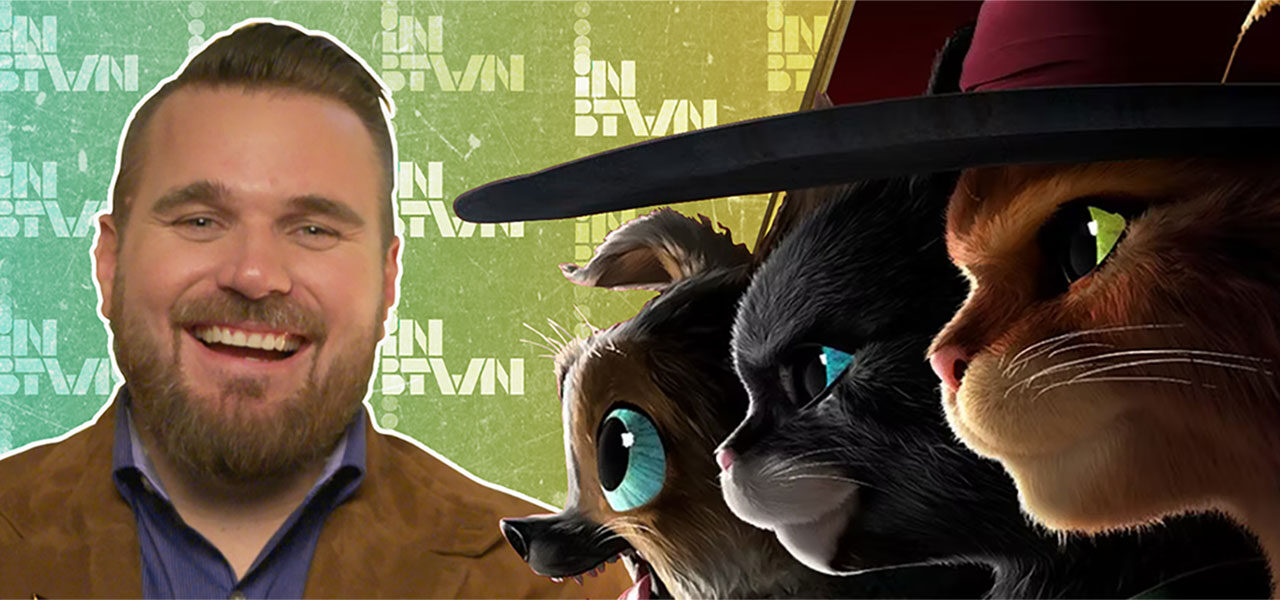
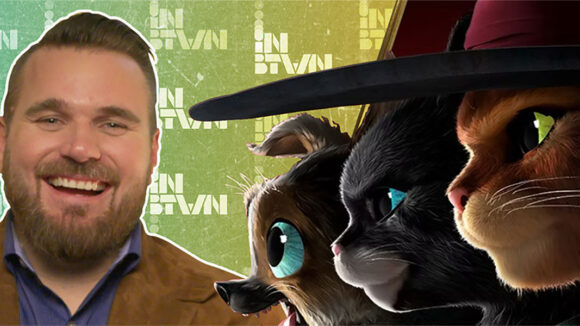
Joel Crawford On How ‘Puss In Boots: The Last Wish’ Explores New Territory, Both Aesthetic And Emotional
It started with a simple question: Where can we go with this next chapter of Puss in Boots?
Director Joel Crawford explains that they found their answer in live-action cinema: “The Good, the Bad and the Ugly was a big template for us.”
Originally a side character from Shrek 2, Puss in Boots quickly became a fan favorite and spun off into his own feature in 2011’s Puss in Boots. Now, we get to see the titular hero return in a new adventure, Puss in Boots: The Last Wish, which opens today in North America.
INBTWN Animation, the official online event partner of Cartoon Brew, caught up with the film’s director Joel Crawford to discuss the responsibility of taking on the Puss in Boots character as well as the unique artistic and narrative choices he and his team explored in the film.
Watch the full conversation here:
From the first sequence, one immediately notices the painterly textures that permeate Puss in Boots: The Last Wish. Crawford confesses, “I didn’t originate the idea [that] this could look like a fairytale painting,” as he came on board later in the feature’s development.
“Nate Wragg, the production designer, really helmed that and found that right balance where it feels like you’re in a painting, but also it’s still cg.” As Crawford mentions, the visual development was led by Wragg, but the aesthetic seeds had been planted a decade earlier, during the production of the original Puss in Boots.
When Crawford came on board, after directing The Croods: A New Age, he asked himself about the film’s updated look, “How do these ingredients fit together? And I got so excited about the potential of that.”
According to Crawford, a big part of the confidence to push for something different with The Last Wish’s aesthetic came from other successful films, such as Spider-Man: Into the Spider-Verse. They also dipped into the visual language of Spaghetti Westerns. “Januel Mercado [the film’s co-director] and myself love Sergio Leone, spaghetti westerns. And so, you want these big vistas, but not just replicating what was done.”
There is a clear line of influence from The Good, The Bad, and The Ugly, although Crawford explains they mixed up the formula so that “instead of the Ugly, we said The Good, the Bad, and the Goldi”, referencing the major fairy tale players utilized in their film.
Another area where Crawford and his team were able to experiment was with character movement. Like with Dreamworks’ other recent theatrical release, The Bad Guys, the Puss in Boots crew wanted to experiment with different frame rates and holding key poses within action scenes. “In moments that are fantastical, Puss is a superhero using the stepped animation that doesn’t feel grounded. It feels more exciting than life.”
Playing with the action sequences, the crew often reduced the character’s movement down to 2s, 4s, and even more limited frame counts. Whereas, “in very grounded moments, like… where Puss is feeling fear and, you know, this panic attack, it’s very real,” they animated on 1s, creating an artistic contrast between the larger-than-life sequences and the gentler, emotional moments.
Of the film’s narrative, Crawford says, “We knew that you start with his fairy tale of a cat with nine lives and he only has one left. Then the reality under that is, this is a story about mortality.” To tell that story, Crawford had to approach these familiar characters from an entirely new angle. When the once-fearless Puss in Boots feels true terror, there’s a responsibility built into addressing his emotions.
“That was our quest, to go, ‘How are we gonna show vulnerability throughout this story?'” Crawford recalls, addressing the issues that the film’s heroic various protagonists face. “There’s vulnerability and there’s flaw, and you force them into situations where their shields are down, they had no choice, and and you kind of get these organic moments.”
Summing up his thoughts, Crawford explains, “They’re sophisticated stories and I think that’s really what we hope to keep pushing along is that… animation can do so much, and for so many, not just for a younger audience.”


